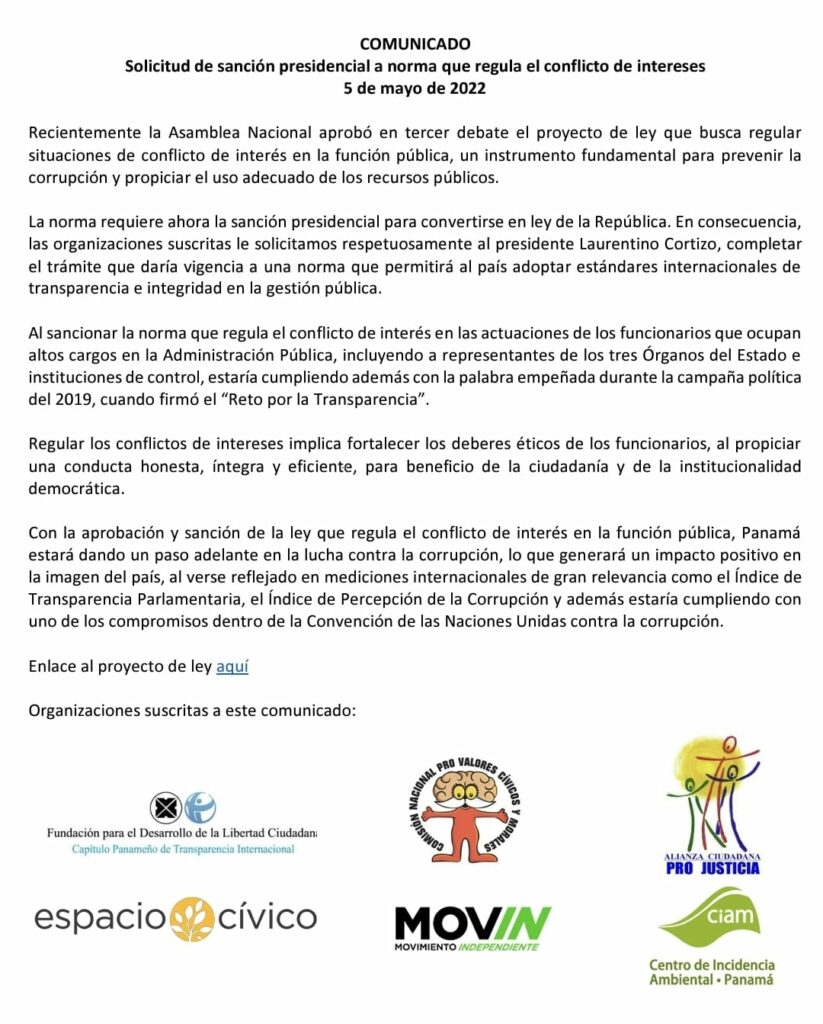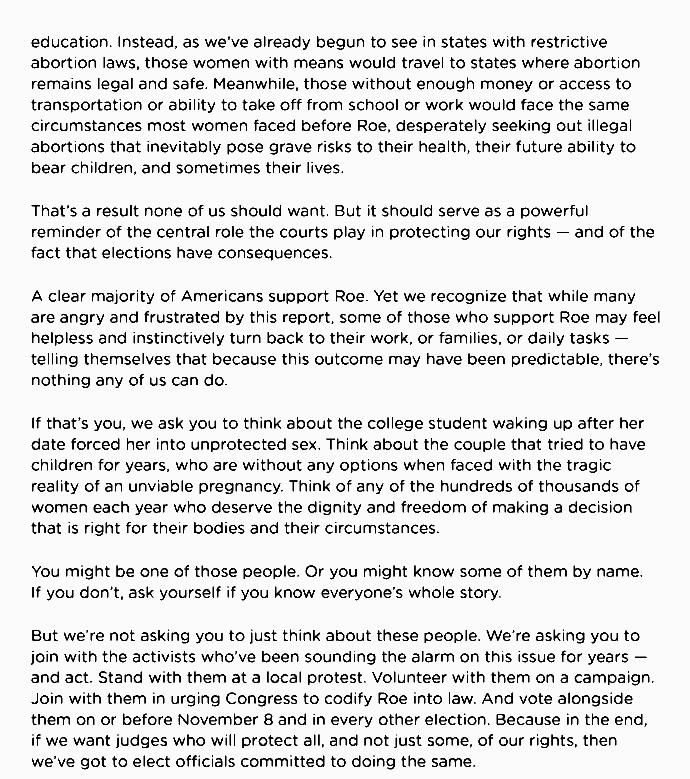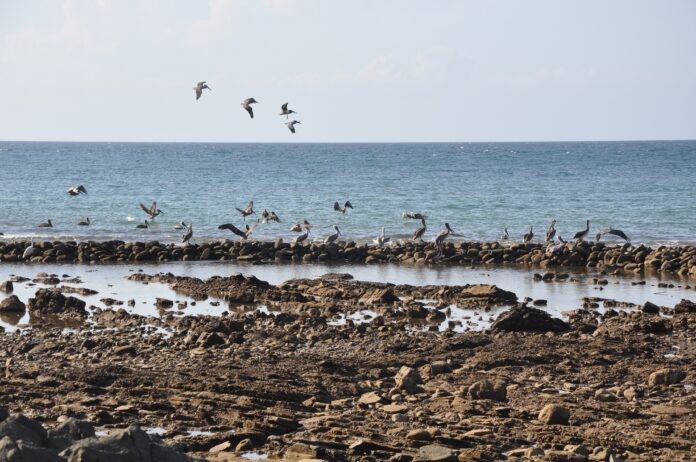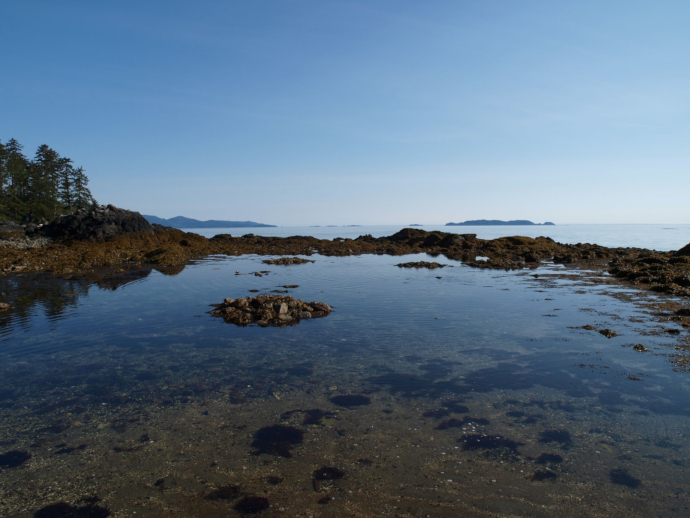Like a toddler crying “MINE!” he whines, and the Trump Justice Department didn’t help things by labeling it a drug case. But shop as he might for Guatemalan judges, prosecutors there resist returning an instrument of organized crime, which this plane is. Guatemalan Public Ministry photo.
Martinelli legal battles, fought in the press
It’s enough to make a lawyer feel like a voyeur, if she or he reads some of the press accounts of the Martinellis’ international litigation.
In countries with credible legal systems the legal profession’s ethical notions that lawyers should speak through their pleadings in the courts and judges should speak through their decisions might make a certain amount of sense. In jurisdictions where justice is for sale, or where crude and obvious prejudices are features of the legal system, it becomes fitting that legal battles spill out of the courtrooms and into the mass communications media. However, when that happens there is the enhanced risk of abuses all the way around – in the courts, in the media and in the streets.
Click on El Panama America and Ricardo Martinelli Berrocal is crying about how unfair it is that Guatemala is still holding his plane. His sons, Ricardo Martinelli Linares and Luis Enrique Martinelli Linares, had been negotiating a plea bargain deal with the FBI and prosecutors with respect to daddy’s Odebrecht bribe money that they laundered – at least $28 million of which they ran through US financial institutions – when it became clear that they would not be able to make a deal that avoided them serving prison time. So they fled in this plane, registered through a company their father controls. They got as far as Guatemala, where they were held for a pending US extradition request and the plane was sequestered. When their mama the former first lady came to visit them in jail it is reported that she attempted to take that plane with her but the Guatemalan authorities wouldn’t have any of that.
That aircraft was used by criminals – now having pleaded guilty in a US federal district court to money laundering conspiracy charges – in an attempted getaway. Like cars owned by the offenders to get away from robberies, that plane is in most jurisdictions subject to confiscation as an instrument of crime. That its apparent ultimate owner has so far gamed the Panamanian legal system to avoid trial for the crime for which his sons await sentencing does not change that aircraft’s nature as a money laundering tool. The Martinelli operation, neither the father nor the sons nor the wife nor any of the companies, isn’t entitled to its return.
Now, then, what about El Panama America as both a fruit of and an instrument of crime?
There is a pending criminal trial, and there are people who have already pleaded guilty and are cooperating witnesses in the case, with respect to the EPASA newspaper chain – El Panama America, La Critica and Dia a Dia. Ricardo Martinelli Berrocal has engineered a very irregular Electoral Tribunal ruling that gives him impunity for an arrangement by which his administration let out overpriced road construction projects, skimmed off kickbacks from the contractors through a “factoring company” called New Business and used the proceeds to buy EPASA. The corrupt ruling of two of the three Electoral Tribunal magistrates is under appeal to the Supreme Court and is drawing international attention. If the dodge that allows Martinelli to avoid trial in the New Business case is allowed to stand, Panama’s standing to avoid international financial sanctions as a money laundering haven would then rest on the quicksand of other countries and international organizations themselves being corrupted. It’s just too flagrant.
Set aside the criminal law, however. El Panama America was purchased with public funds. No matter any procedural decision to let the intellectual author of those transactions walk, the resources of the Republic of Panama were used to buy EPASA and the chain rightfully belongs to the Panamanian people.
Even were public funds not used by Ricardo Martinelli Berrocal to purchase the EPASA newspapers, the Panamanian government is within its rights to declare eminent domain and force the sale of that property in the interest of preserving part of the nation’s historical and cultural legacy. It would have to be paid for, but there are other offsetting claims to litigate and complicate any compensation process. Any sort of reciprocity has the government sending in phalanxes of lawyers to prolong the process for the rest of the former president’s life, then fighting the heirs’ claims.
So, if EPASA rightfully is public property there are norms that have been and are being broken, but in any case the general principle is that state resources are not to be used to advance the personal or political fortunes of any individual or faction. Which the EPASA papers notoriously do.
To protect the integrity of the 2024 national elections, to strip criminals of the fruits of their crime, to stop the flagrant use of some of the larger national mass communications media for apologies for and advocacy of crime, the government ought to seize the EPASA papers.
What to do with these media, that’s another set of important and tricky questions. It gets into ethical questions with which the state-owned SERTV wrestles all the time, into to recovery and preservation of archives as cultural assets, into a set of horrible examples to be shown to journalism and civics students, into the labor rights of honest women and men who work or have worked for the EPASA media.
But Ricky Martinelli should do his whining without the use of media for which the Panamanian people paid.
The US Supreme Court leak
So did some clerk, did some justice, upset well-laid Republican plans to announce the repeal of Roe v Wade shortly after the US general elections in November? Are we to treat the person who violated old norms to do that as a disgusting criminal, upon whom the full weight of penal law must be brought to bear?
Joe Biden needs to wise up about such things and invoke his powers of pardon and commutation as needs to be the case. Is it in the US national interest to preserve that part of high court secrecy, even if what the justices may have been planning was a gross abuse of it? So allow the investigation to proceed and the leaker to be penalized, but lighten the penalty with a commutation or a pardon while leaving the rule in place.
Similarly, did Edward Snowden violate an obligation to keep NSA secrets, even if his offense was to reveal abuses and to advise the American and world public about things which they ought to know? So make a plea bargain that allows him to come back from Russia with his family, keeping the rule in effect but lightening any penalty on a public interest whistleblower.
The Julian Assange case is not similar. We might argue with his judgment or criticize his personality, but he was a journalist who received information – about a US war crime against a Reuters news crew and innocent civilians who were nearby, about a US foreign policy that for many years was based on lies, about a venal and petty crowd that had taken over the Democratic National Committee – and published this information. There is no rule worth defending in the Assange case. US charges against him should be dropped.
Back to the draft of the court ruling to overturn Roe v Wade, what’s important is the underlying matter, not the breach of protocols that allowed public access to and commentary and agitation about the proposed decision. All the more if the intention was a post-election sneak attack, but just the legal questions about whether the US Constitution protects rights to privacy and whether a woman’s decision to abort a pregnancy falls under the shadow of that protection are matters of vital public interest.
By lopsided majorities US public opinion favors legalized abortion, voting rights unfettered by racial or partisan discrimination and, subject to protections for the freedom of individuals, democratic government that rests on a cornerstone of majority rule. There is a 6-3 Republican majority on the US Supreme Court that believes in none of these things.
How it got that way can be traced along many lines. We can even review more than a century and a half of money trails to discern the evolution of the Republican Party from an organization that wanted to protect northern industry from the competition of slavery to the party that freed the slaves to the party of the robber barons to the party of corporate America to the white supremacist coalition that it is today.
In the here and now, the Grand Old Party’s stand on abortion in particular and on privacy rights in general offends most Americans. The leak of the draft decision by their top politicians in robes puts their hopes of regaining control of Congress in great peril. No matter what they might plead about objective and dispassionate scholarship by an independent judiciary, this is a political power play by the Republican Party and one of its nastiest and most reactionary components, the Federalist Society. It’s a political maneuver and ought to be fought politically.
So, how do you fight this politically? In addition to the noisy rallies, the quiet lobbying, the legal pleadings, the passionate speeches and writing? It starts with beating the Republicans in this year’s elections. Not by going for “electable” imitation Republicans who would give Democrats a majority only on paper. It means, for one thing, scoring a net Democratic gain of at least two US Senate seats so as to make Senators Manchin’s and Sinema’s obstructions irrelevant.
Win working Democratic majorities in both houses of Congress, and the main arena becomes the senate. The dance steps go something like this:
1. On a bare party-line majority vote, change senate rules to abolish the filibuster.
2. On a bare party-line majority vote once the filibuster is gone, expand the membership of the Supreme Court to 15 or more, to be filled by President Biden’s appointees. The US Constitution does not specify how many justices there shall be on the high court. If the court expansion is to be a lasting political success, the president needs to appoint inspiring champions of justice rather than mere party loyalists or corporate lobbyists. The good ones come in all colors and genders but what matters is “good ones,” as in following and extending the great Democratic traditions of Justices Frank Murphy, William O. Douglas and Thurgood Marshall.
3. On a bare party-line majority if need be after the GOP strangleholds on the Senate and the Supreme Court are gone, pass legislation to revive the US economy, strengthen democratic institutions and protect individuals’ freedoms, such that voters will fondly remember the power plays to pass them as brilliant, just and necessary.
But first, Democrats have to win the November election, starting by choosing the best possible candidates in the primaries, after those battles pulling together as a solid coalition for the fall, and going on to make retirement in a dacha outside of Moscow an attractive alternative for some now high and mighty Republicans.
Photo by Ryohei Noda.
No punishment has ever possessed enough power of deterrence to prevent the commission of crimes.
Hannah Arendt
Bear in mind…
The hottest places in hell are reserved for those who, in times of great moral crises, maintain their neutrality.
Dante
I married beneath me. All women do.
Nancy Astor
Small wonder that confidence languishes, for it thrives only on honesty, on honor, on the sacredness of obligations, on faithful protection, on unselfish performance; without them it cannot live.
Franklin D. Roosevelt
Contact us by email at fund4thepanamanews@gmail.com
To fend off hackers, organized trolls and other online vandalism, our website comments feature is switched off. Instead, come to our Facebook page to join in the discussion.
These links are interactive — click on the boxes









































